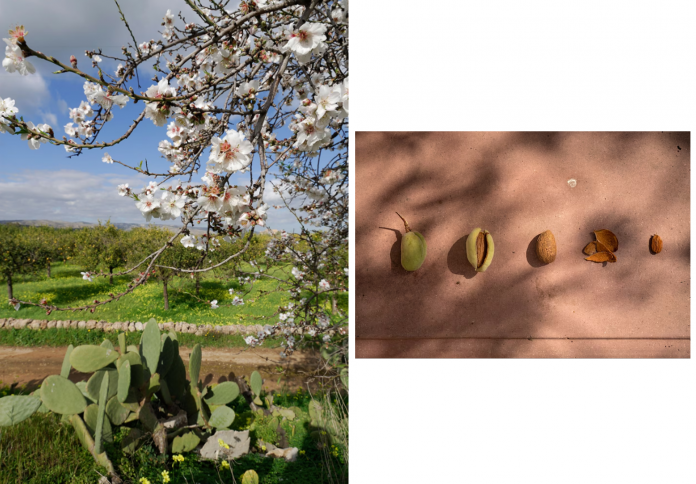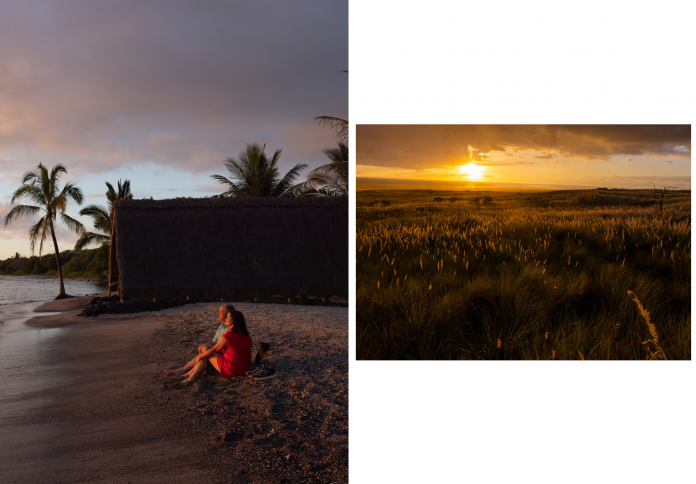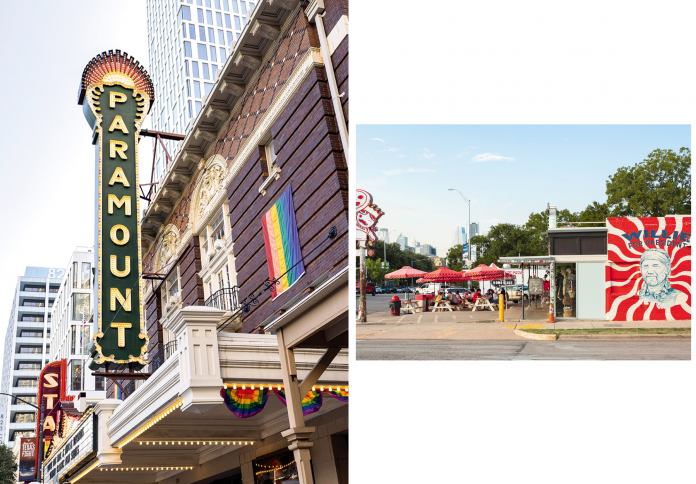In the southeastern corner of Sicily, in the coastal town of Avola, almonds are more than a crop — they are identity, inheritance, and quiet revolution. As harvest season arrives, the air thickens with sun, dust, and the sweet scent of tradition reborn.
A fruit rooted in ancient soil
The almonds of Avola are not just Sicilian — they are quintessentially Mediterranean. Their ancestry stretches back to the Greeks and Phoenicians who first cultivated these trees on the island’s arid slopes. But it was in this dry triangle of southeastern Sicily, between the limestone hills and the Ionian Sea, that the almond found its spiritual home.
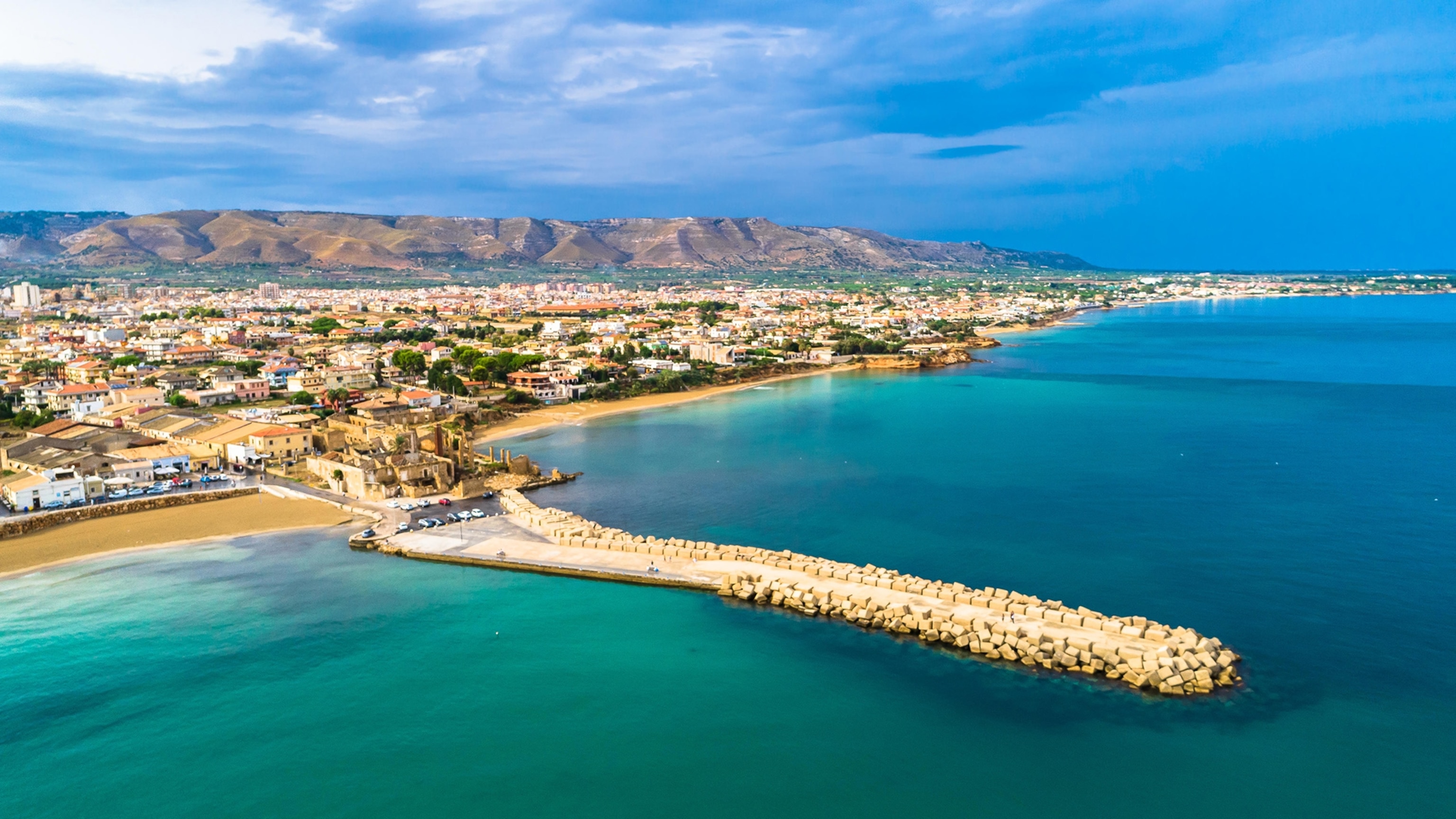
The mandorla di Avola is not just one variety but a prized family of almonds — notably the Pizzuta, Fascionello, and Romana. What sets them apart is their density of flavor and high oil content, making them ideal for fine confectionery, especially pasta reale, or marzipan. Their shape is elongated, their shell often tough, their heart soft and aromatic.
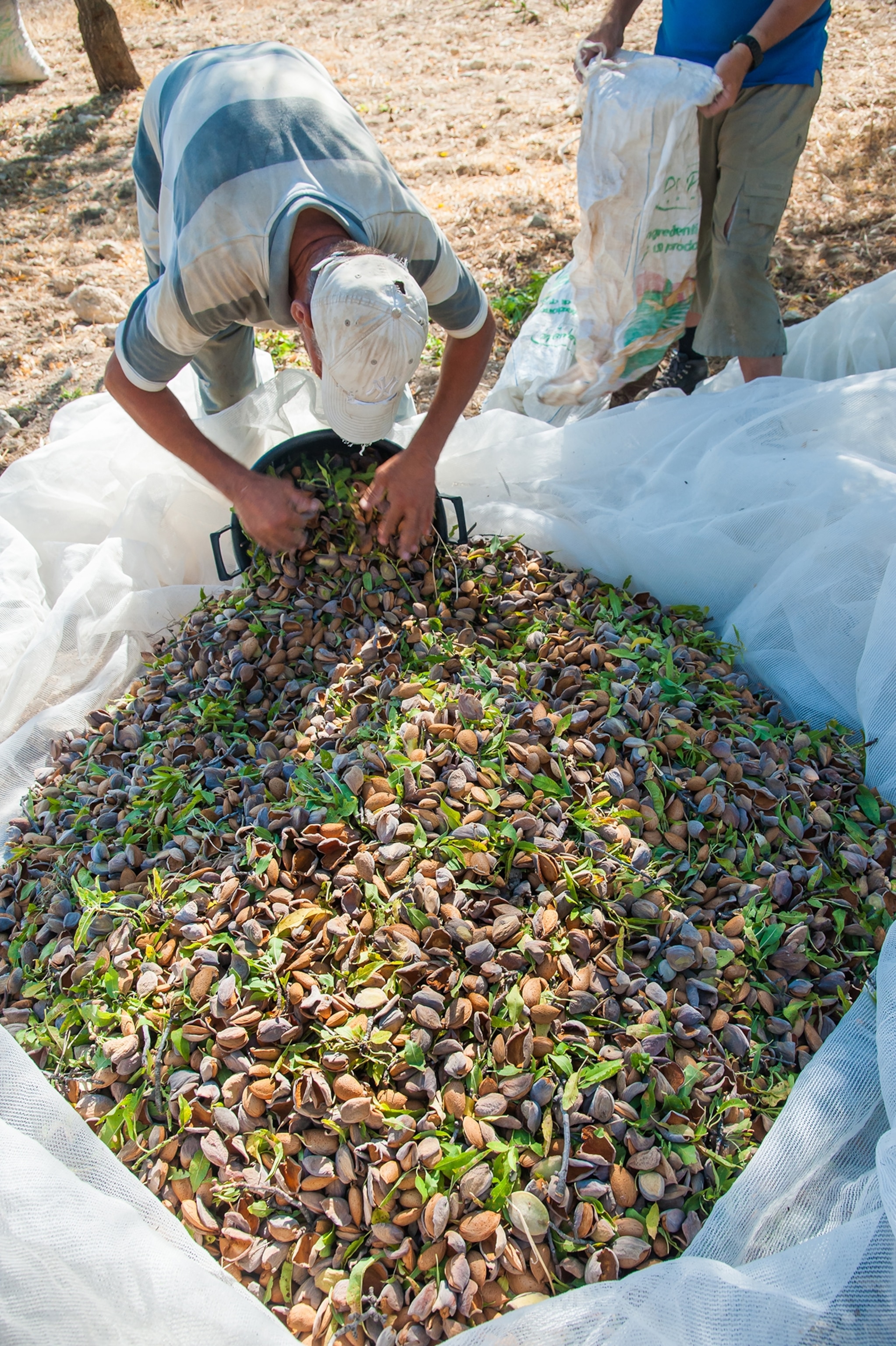
For centuries, the almonds were harvested by hand, using long poles to knock the nuts from branches onto sheets spread below. That method, though laborious, is still practiced by some growers today. It’s slow, but it preserves the rhythm of the land and the intimacy between farmer and tree.
Avola’s almonds as cultural currency
The almond harvest begins in late July and continues through August. In the early morning hours, farmers head to the fields, wearing hats and kerchiefs to shield themselves from the heat. The landscape is bone-dry, the sun unrelenting. It is not romantic work — but it is meaningful.
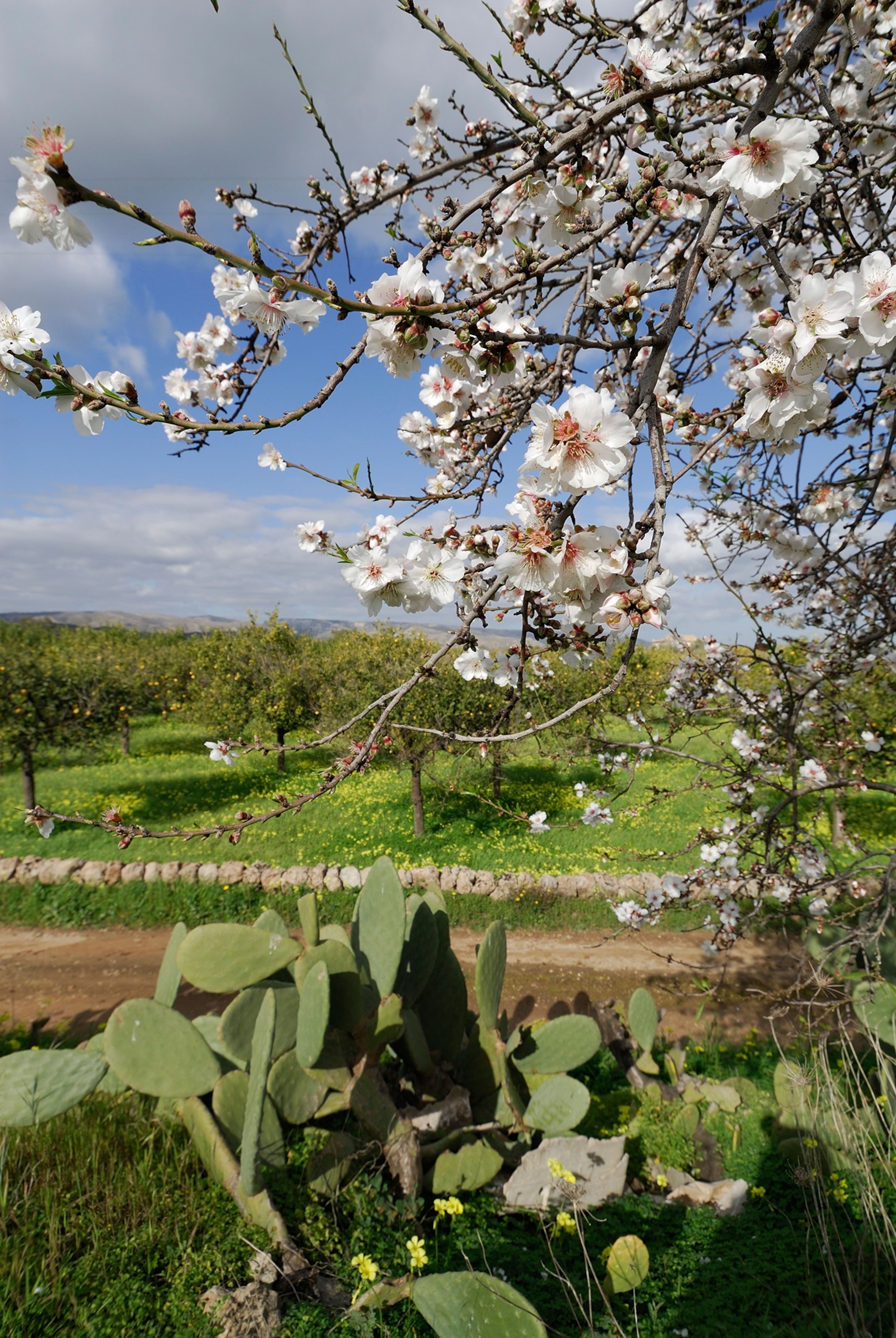
Avola’s almonds aren’t grown at scale like California’s vast monocultures. The trees are scattered across small groves, some wild, some semi-cultivated, often handed down through generations. To grow almonds here is an act of endurance and pride.
Locals speak of almonds as though they’re kin. In pastry shops, they are transformed into cassate, cantucci, and slivered garnishes for ricotta desserts. But their value goes deeper: almonds fuel ceremonies, feed economies, and connect Avola to a lineage of growers who read the land like scripture.
A new generation takes root
While many almond trees in Avola are over 80 years old, a quiet resurgence is underway. Young farmers, some returning from urban lives abroad, are reviving forgotten orchards and investing in organic practices. Their goal isn’t just to sell almonds — it’s to protect them.

Sicily’s climate crisis has made this work urgent. Longer droughts, erratic rainfall, and rising temperatures threaten the delicate balance almonds require. But paradoxically, it’s the hardiness of the mandorla di Avola that offers hope. These trees are drought-resistant, their roots accustomed to hardship. In a world facing ecological instability, this humble nut is proving surprisingly resilient.

Artisans and chefs are also playing a role. Avola almonds now feature in Michelin-starred menus from Palermo to Paris. Their traceability, rich flavor, and cultural pedigree align with the global appetite for heritage ingredients. This attention is putting pressure on local supply, but also driving new investment in preservation and sustainable farming.
Harvesting more than almonds
To walk among Avola’s almond groves in summer is to witness a convergence of time: ancient roots and contemporary urgency, manual labor and culinary luxury, forgotten customs and forward-looking hope. The harvest is more than a seasonal task — it is an annual affirmation that something enduring still grows from this land.

In a world increasingly defined by speed, scale, and extraction, the almond harvest of Avola offers a different model. Here, patience is rewarded. Soil is respected. Food is not a commodity but a conversation — between past and future, between hands and land.
When the final almonds fall, when the shells are cracked and their pale contents revealed, what you taste is not just a nut. It is the yield of devotion, the perfume of place. In Avola, the almond isn’t harvested — it’s honored.
